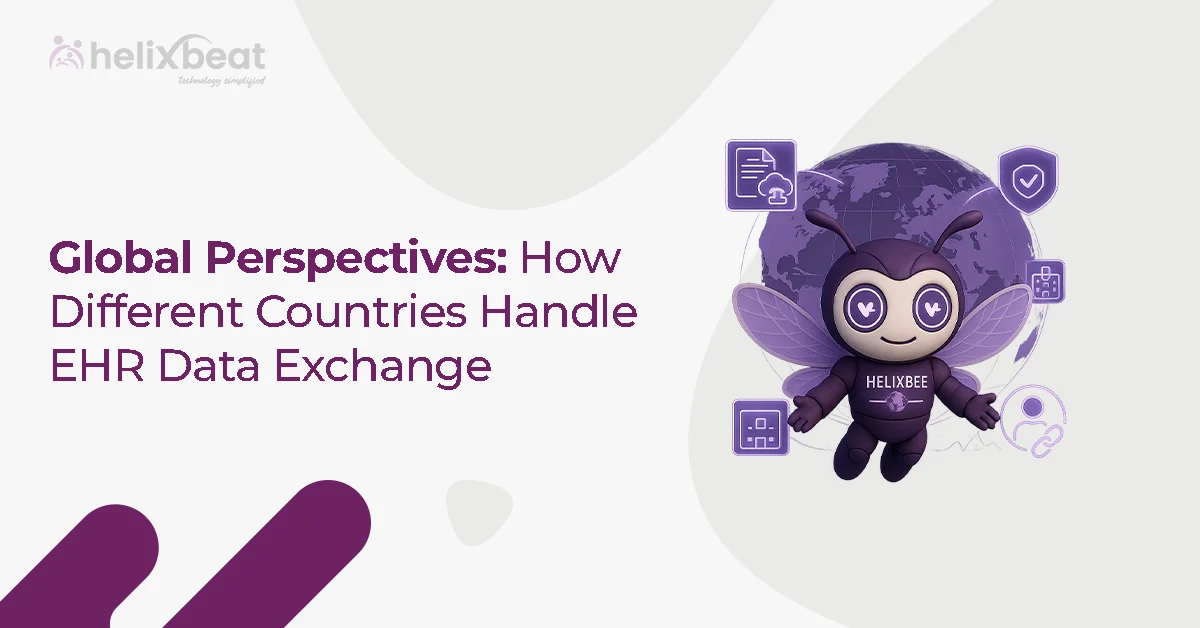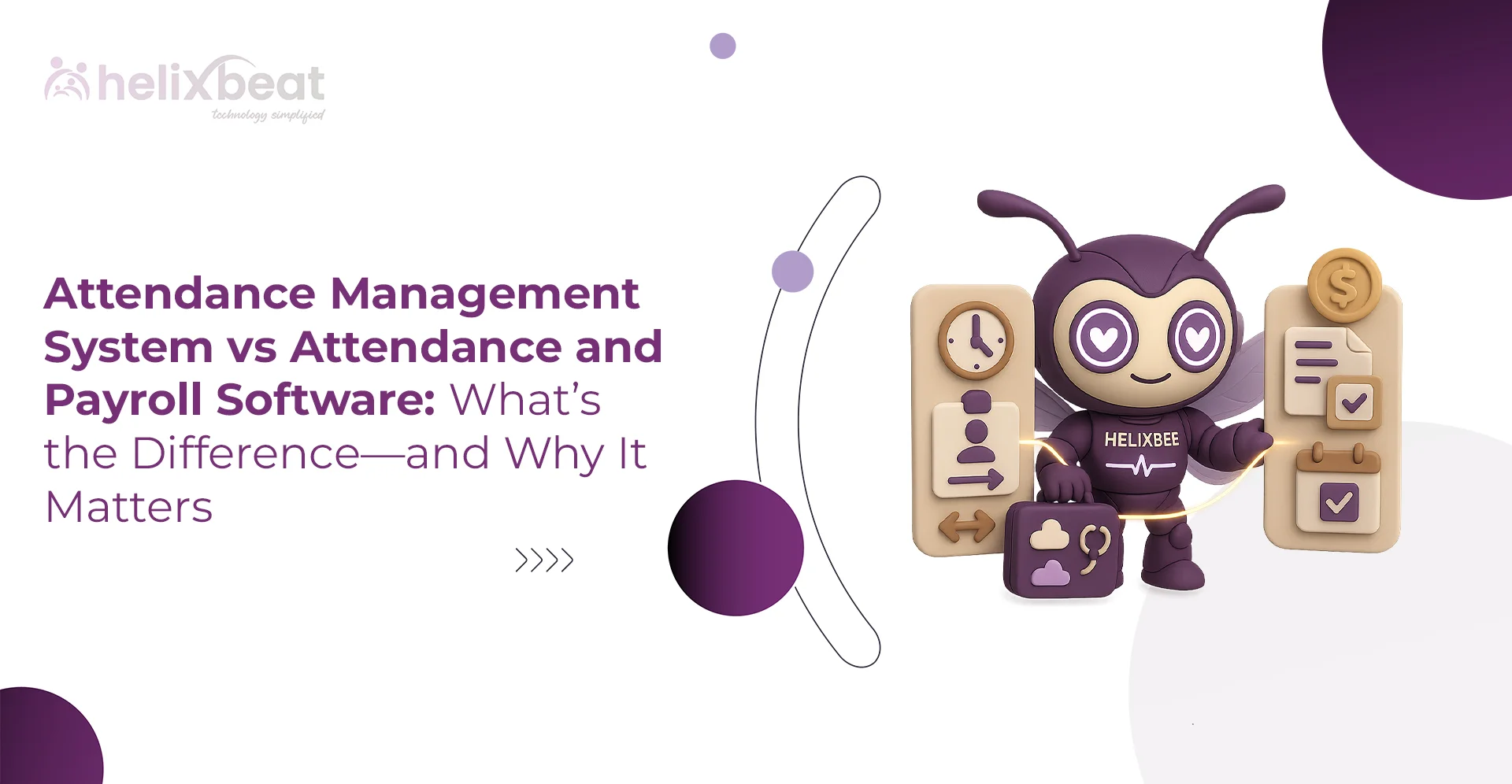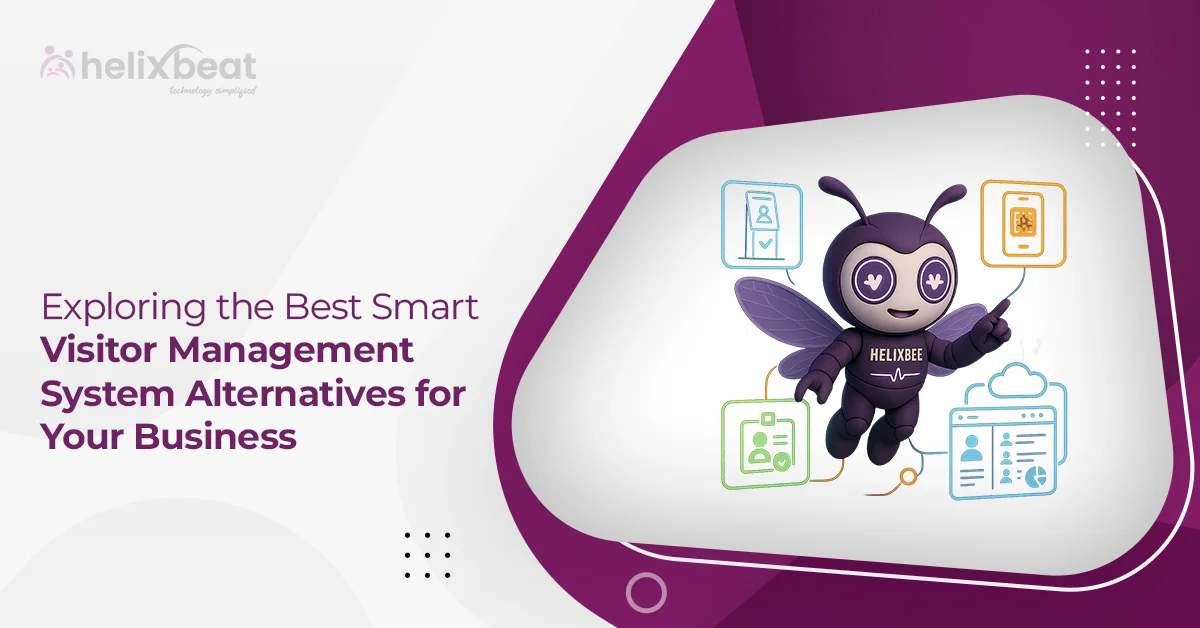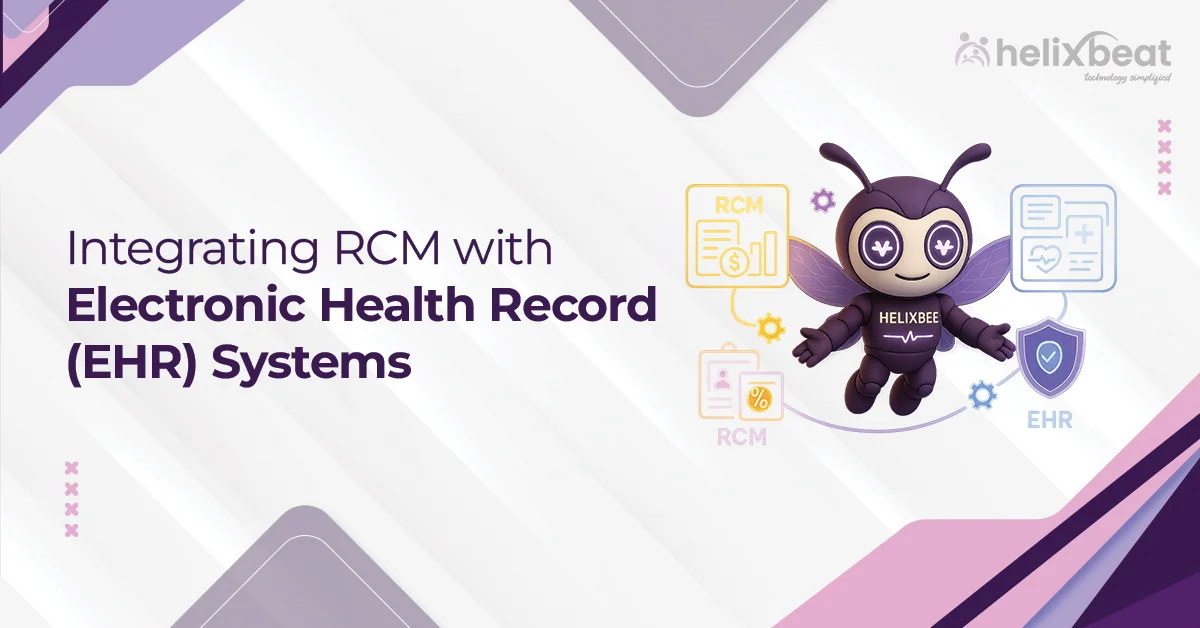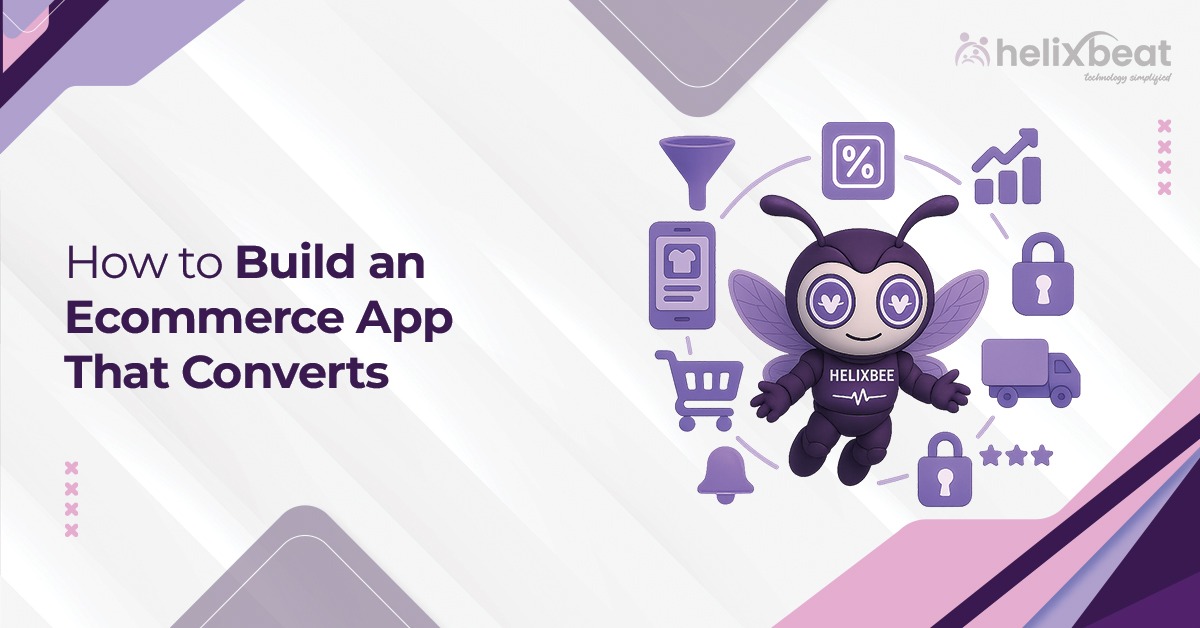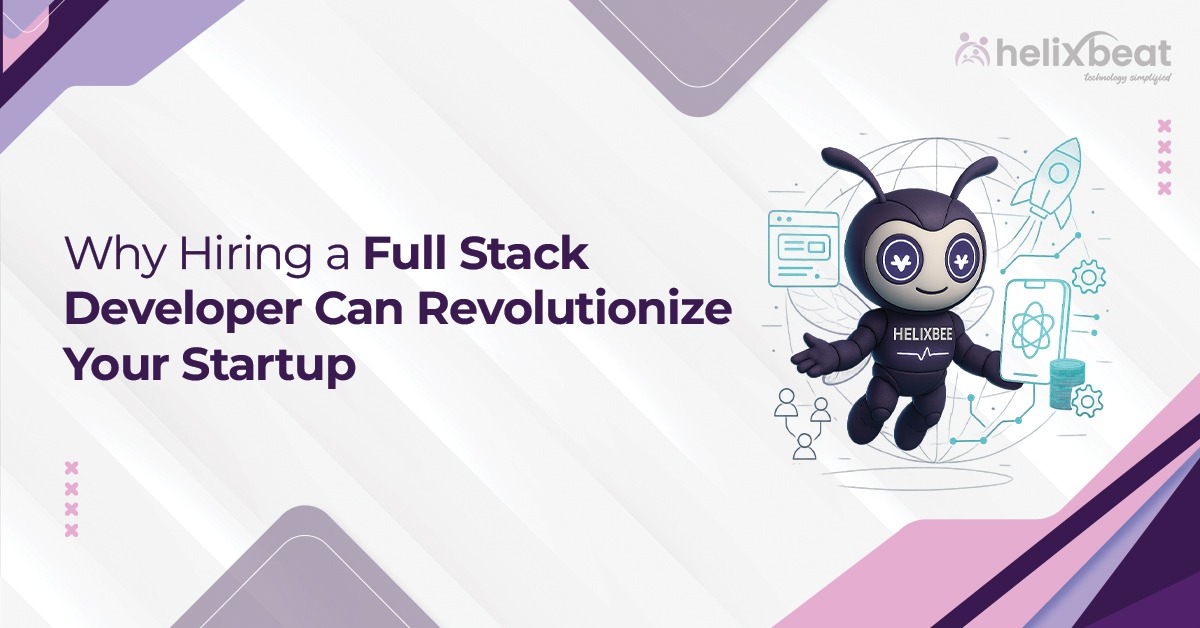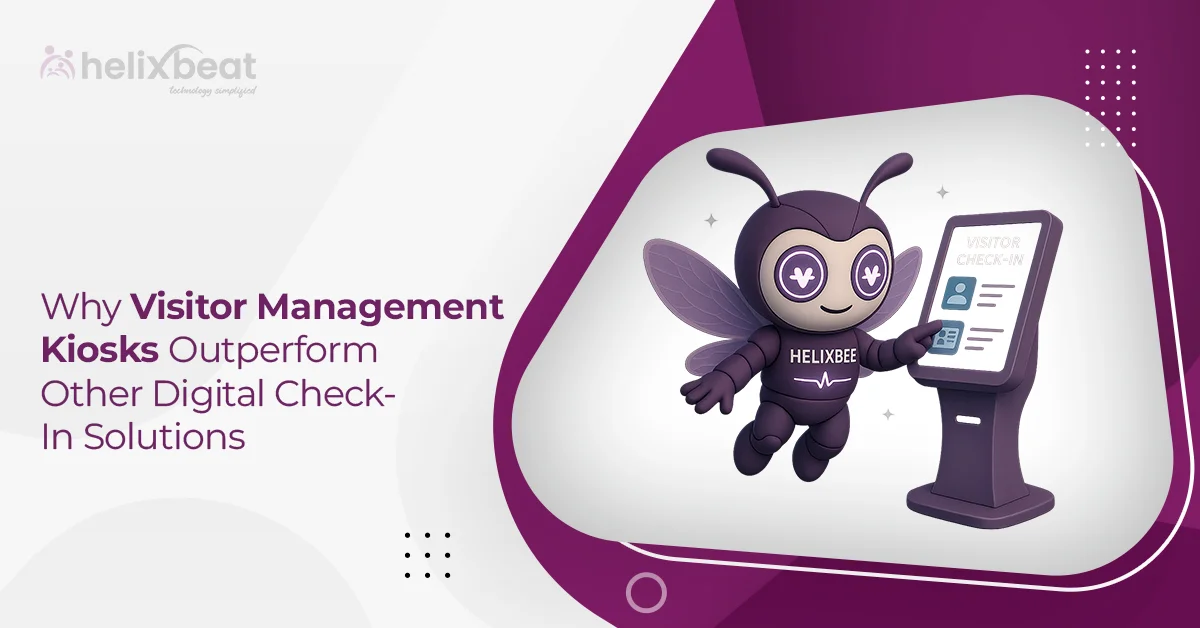More than 70% of digital transformation projects fail because businesses struggle with old systems, unclear goals, and poor planning (McKinsey). Many companies still rely on disconnected tools and manual work, which slows down growth, increases costs, and creates a poor customer experience.
The real challenge isn’t just using new technology, it’s building a smart, connected system that helps your business run faster, smarter, and more efficiently.
Digital transformation solutions help companies upgrade their tools, connect systems, automate tasks, and use data better. With the right mix of cloud platforms, automation, AI, and data tools, businesses can improve how they work, serve customers better, and stay ahead in a digital world.
This blog will walk you through everything you need to know about using digital transformation the right way.

Table of Contents
How Digital Transformation Solutions Benefit Businesses
Digital transformation solutions deliver measurable impact by streamlining operations, enabling real-time decision-making, and modernizing the customer journey. Using technologies like cloud infrastructure, AI/ML, RPA, and predictive analytics, companies can become more agile, responsive, and data-driven.
Here’s how digital transformation benefits businesses, along with examples:
1. Operational Efficiency Through Automation
Solutions like Robotic Process Automation (RPA) help eliminate manual, repetitive tasks, saving time and reducing errors. For example, Coca-Cola Bottling Company automated its order-to-cash process using RPA, reducing manual work by over 75% and speeding up invoice handling.
Data: RPA can reduce processing time by up to 80% in finance and supply chain functions.
2. Enhanced Customer Experience
With CRM and personalized engagement platforms, companies can deliver unified and tailored customer experiences. Nike, for instance, used data-driven personalization across its app and website to increase customer retention and improve engagement, resulting in a 30% boost in digital sales.
Data: Companies that focus on customer experience see 4–8% higher revenue growth than their industry average.
3. Data-Driven Decision Making
Advanced analytics platforms help leaders forecast trends and make better decisions. UPS utilizes real-time data and route optimization software to enhance delivery efficiency, resulting in an annual fuel savings of 10 million gallons.
Data: Businesses using data-driven insights are 23 times more likely to acquire customers and 6 times more likely to retain them.
4. Scalability and Flexibility
Cloud-native solutions help businesses scale infrastructure quickly. Netflix migrated its entire infrastructure to AWS to manage unpredictable spikes in user traffic, enabling seamless content delivery to 260+ million users across 190 countries.
Data: 94% of enterprises now use the cloud to gain scalability and reduce infrastructure costs.
5. Faster Innovation Cycles
With low-code platforms and DevOps pipelines, businesses can bring ideas to market quickly. AirAsia used low-code development to launch customer-facing apps in weeks instead of months, accelerating their digital shift post-pandemic.
Data: Low-code development is projected to make up 70% of new app development by 2025.
7 Important Digital Transformation Solutions
Digital transformation isn’t just about adopting new tools; it’s about choosing the right solutions that align with your business goals. Below are seven essential digital transformation solutions that are helping organizations modernize operations, improve agility, and stay ahead of the curve.
1. Cloud Migration
Cloud migration is the process of moving data, applications, and IT infrastructure from physical servers to cloud environments like AWS, Azure, or Google Cloud. This shift allows businesses to reduce reliance on hardware, scale resources on demand, and support remote work models.
- Cuts hardware and maintenance expenses
- Improves uptime and disaster recovery
- Supports global access and agile development
2. Workflow Automation
Workflow automation replaces manual processes with rule-based systems using tools like RPA, low-code platforms, and AI engines. It helps eliminate repetitive tasks, standardize operations, and improve overall accuracy across departments such as finance, HR, and procurement.
- Reduces operational delays and errors
- Increases employee productivity
- Accelerates end-to-end task completion
3. Enterprise Integration
Enterprise integration connects disparate systems like ERP, CRM, inventory, and customer portals through APIs, data hubs, or middleware. This allows seamless data flow and unified visibility across the organization, enabling faster and more coordinated actions.
- Eliminates data silos and duplication
- Enables real-time information access
- Enhances cross-functional decision-making
4. Data Analytics and Insights
Analytics platforms help organizations extract actionable insights from vast amounts of structured and unstructured data. By using real-time dashboards, predictive models, and visualization tools, decision-makers can act faster and with greater accuracy.
- Enables faster and evidence-based strategy
- Uncovers patterns and market trends
- Personalizes services and improves forecasting
5. Cybersecurity and Compliance
As digital systems expand, so do threats. Cybersecurity and compliance solutions involve deploying firewalls, SIEM systems, encryption, and frameworks like Zero Trust to protect sensitive data and meet industry regulations.
- Minimizes data loss and downtime
- Strengthens regulatory compliance
- Increases stakeholder trust and safety
6. AI/ML Integration
Integrating AI and ML allows businesses to automate complex decision-making, predict trends, and personalize customer interactions. These technologies learn from data over time, making systems smarter and more adaptive.
- Enhances customer personalization and targeting
- Automates anomaly detection and response
- Improves operational intelligence over time
7. Revenue Cycle Management (RCM)
RCM solutions manage billing, claims, payments, and revenue tracking, which is especially critical in sectors such as healthcare and SaaS. These platforms integrate with CRMs and ERPs to streamline the quote-to-cash process and improve financial accuracy.
- Optimizes cash flow and collections
- Reduces billing errors and revenue leakage
- Speeds up payment processing and reporting
Adopting the right digital transformation solutions helps businesses stay agile, competitive, and prepared for what’s next.
Difficulties Faced While Implementing Digital Transformation Solutions
While digital transformation offers long-term benefits, businesses often encounter key challenges during implementation. Here are five critical difficulties:
- Legacy Infrastructure Limitations: Outdated systems are often incompatible with modern digital tools, making integration complex and costly.
- Workforce Resistance and Skill Gaps: Employees may lack the digital skills needed or resist adopting new technologies, slowing down transformation efforts.
- Unclear Strategy and Vision: Without a well-defined roadmap, organizations risk investing in fragmented solutions that don’t align with business goals.
- Data Silos and Integration Issues: Disconnected departments and platforms hinder the flow of information, leading to poor decision-making and operational delays.
- Security and Compliance Complexities: New technologies expand the attack surface, requiring stronger governance, updated security protocols, and compliance with evolving regulations.
Future Trends in Digital Transformation
As businesses push beyond basic digitization, the next wave of digital transformation is focused on intelligence, speed, and experience. Here are three key trends changing the future:
1. AI-Driven Automation Across Functions
Artificial Intelligence (AI) and Machine Learning (ML) are moving beyond analytics into full-scale automation. From predictive customer support to autonomous operations in logistics, AI is becoming a core enabler of real-time, data-backed decision-making.
- Enhances operational efficiency
- Reduces human error and manual workload
- Enables faster, smarter business responses
2. Low-Code/No-Code Platforms for Faster Innovation
Low-code and no-code development tools are democratizing software creation. These platforms allow non-developers to build applications quickly, reducing IT bottlenecks and speeding up digital rollouts.
- Cuts development time and costs
- Empowers business teams to innovate
- Increases agility in product and service delivery
3. Total Experience (TX) Strategy
Businesses are merging Customer Experience (CX), Employee Experience (EX), and User Experience (UX) into a unified Total Experience (TX) approach. This creates consistent, integrated interactions across all digital and physical touchpoints.
- Boosts customer satisfaction and loyalty
- Improves employee engagement
- Strengthens brand differentiation in competitive markets
Why Choose Lincode for Your Digital Transformation?
At Lincode, we don’t just implement technology, we deliver measurable business outcomes. Our proven framework and expert team ensure a smooth transformation that aligns with your strategic goals:
- Custom Strategy: We design goal-driven roadmaps to improve efficiency, reduce costs, and speed up delivery.
- Fast Execution: With AI/ML, cloud-native tech, and agile methods, we deliver 40% faster than traditional approaches.
- Proven Results: End-to-end support with a >99% success rate ensuring a smooth, future-ready transformation.
With Lincode, you gain a partner who intimately understands your goals, accelerates innovation responsibly, and equips your team to succeed in competitive market. Start the conversation with us to improve your operational efficiency.
FAQ:
1. What are the four types of digital transformation?
The four types are Process Transformation, which focuses on improving workflows through automation; Business Model Transformation, which involves redefining value delivery using digital channels; Domain Transformation, where companies enter new markets using digital capabilities; and Cultural or Organizational Transformation, which promotes a digital-first mindset across teams.
2. What are examples of digital solutions?
Examples of digital solutions include cloud-based platforms for data storage and computing, AI-powered tools like chatbots and recommendation engines, workflow automation software such as RPA, business intelligence tools for real-time data analysis, and enterprise applications like CRM and ERP systems.
3. What are the four pillars of digital transformation?
The four pillars are Technology, which refers to tools like AI, cloud, and IoT; Data, which provides insights through real-time analysis; People, which emphasizes the need for upskilling and cultural change; and Processes, which focuses on making operations more agile, automated, and scalable.
4. What are the benefits of digital transformation?
Digital transformation helps businesses become more efficient by reducing operational costs, enhances customer experiences through personalization and faster service, accelerates innovation by enabling quicker product development, and improves decision-making through data-driven insights.
5. What is the main purpose of digital transformation?
The main goal is to help businesses adapt, compete, and grow in a digital-first economy by modernizing technology, improving agility, and delivering better value to customers.






